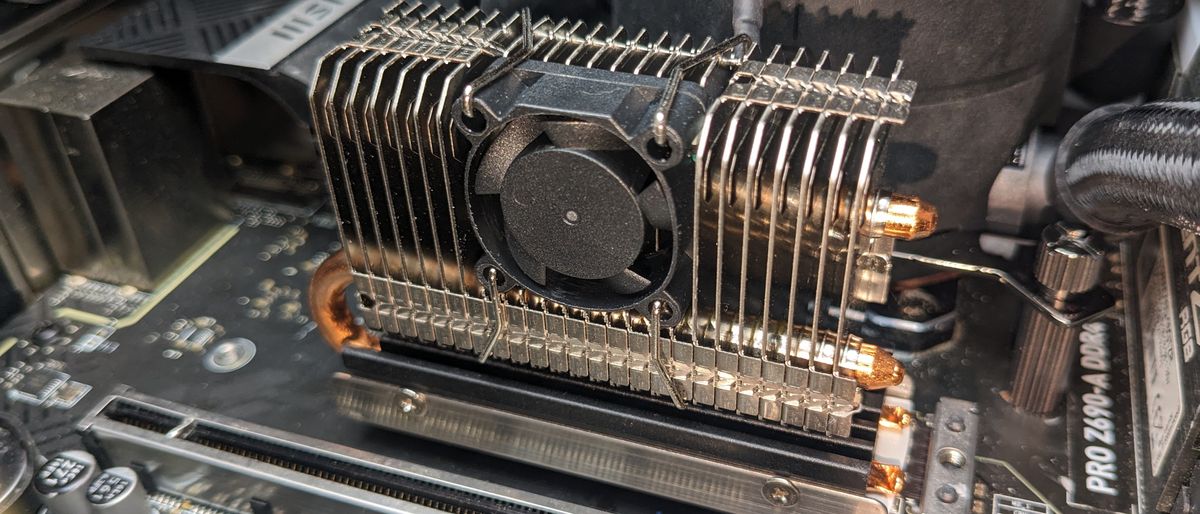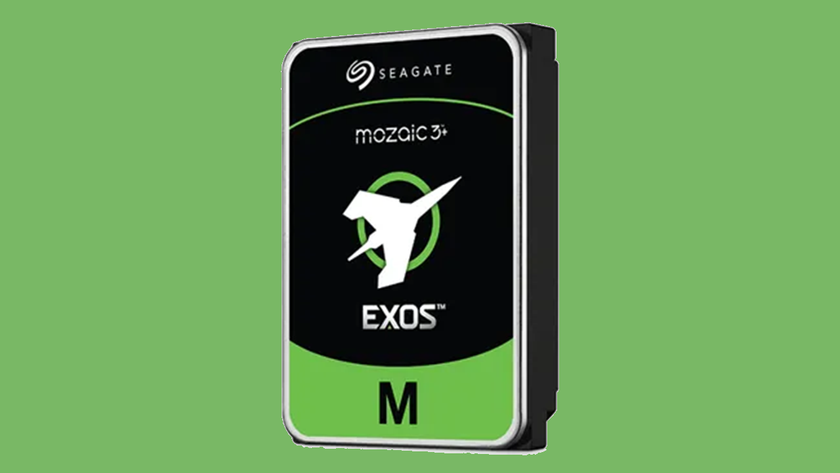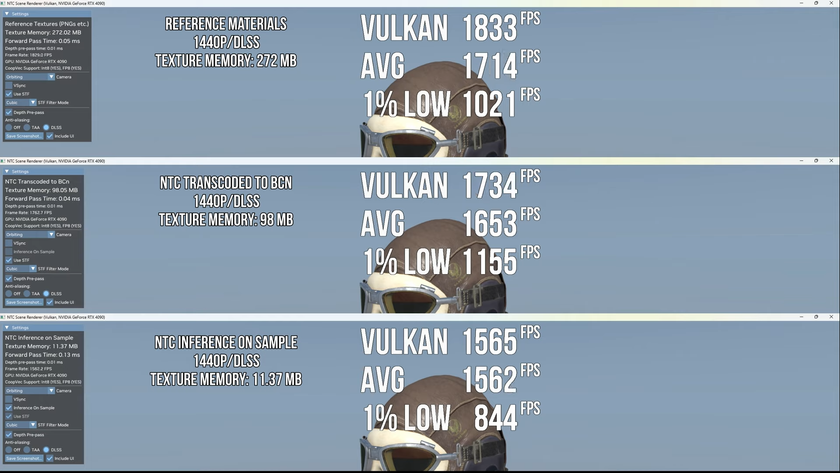Why you can trust Tom's Hardware
Noise Levels
When I’ve tested NVMe heatsinks with fans in the past, I always test them with my motherboard’s default setting, shown below. I never bothered to adjust this because at this setting, none of the units I’ve tested ran louder than my system fans at idle – and I like a nice, quietly running system. But I recognize that many of you might be interested in this data and I will record it for all reviews going forward.
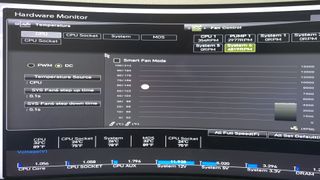
Generally, it’s completely unnecessary to run any of these heatsink fans at full speed. You won’t gain any performance, and truthfully this heatsink performs well even without the fan powered on! Really folks – don’t run the fans at full speed. It doesn’t make any real impact other than increasing noise levels!
Stress test thermal results with AIO Cooling
This heatsink was tested with only an AIO on the CPU. Results with air cooling can vary to an extent. For more information about how this can impact results please refer to my recent review of iHTP’s SSD cooler.
For this test, I run a customer IOMeter script that stresses the Phison E26 controller of the SSD as well as the NAND of the device at the same time. This is a stress test run for 30 minutes, and is specifically designed to test the strength of the SSD’s heatsink. Most users will never encounter a workload this stressful.
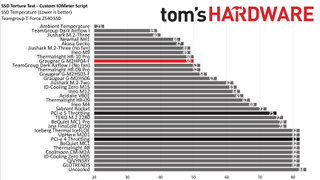
Reaching only 50C at the end of the 30-minute stress test, Graugear’s G-M2HP04-F is one of the strongest results observed on this system – tied for sixth place in the best out of 30 heatsinks tested!
Conclusion
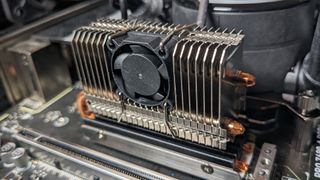
Graugear’s G-M2HP04-F features strong thermal performance, enabled by two copper heatpipes, aluminum fins, and a small fan. Truthfully, with little bit of modification, this unit could work well to cool a low power CPU. However, the price for this level of thermal performance is “expensive” (compared to other units) with a price of $29.95 USD.
You might want to consider a unit like ID-Cooling’s M15 instead. Its thermals are not quite as strong, but still much stronger than common users will need – and it is half the price of the Graugear unit.

Albert Thomas is a contributor for Tom’s Hardware, primarily covering CPU cooling reviews.
-
Marlin1975 If my hard-drive requires that much maybe I should buy another brand.Reply
I am in the process of building a new computer. Heat/power from the NVME was one of the reasons I choose 1 drive over others. -
Alvar "Miles" Udell ReplyMost users will never encounter a workload this stressful.
Articles like this make me think of the hard drive cooler craze of the early to mid 2000s. -
palladin9479 Yeah .... if your NVME needs this kind of cooling solution then something is wrong.Reply
I suspect this is due to PCIe 5 implementations using the same older fabrication process's that PCIe 3 and 4 drives used to keep costs down. Pumping up the clock rate that high causes the energy usage to spike and therefor needs active cooling. -
thestryker I kind of love the overkill solutions like this despite them not really being necessary. This seems like a rather well designed cooler which is reflected in the price.Reply
Every once in a while something will make me think about what could have been with BTX. While it was designed to maximize CPU cooling if the memory trace routing issues could have been worked around it would have been a significantly better form factor for today's systems.
Most, if not all, of the SSD heat issues are really due to the M.2 format and where these drives are located due to it. The highest power consumption I think I've seen on one of the SSD reviews here was a bit under 14W peak, but with average around 8W. These aren't exactly high numbers (compared to other desktop PC components), but when located between the CPU and GPU in an area with little airflow it becomes a problem. I would bet that most SSD heatsinks would be able to cool even the hottest drives with some form of direct airflow. -
PiersPlowman Reply
These are outrageous numbers for power consumption - worse than a 7,200 RPM HDD - if you disregard spin-up power draw.thestryker said:The highest power consumption I think I've seen on one of the SSD reviews here was a bit under 14W peak, but with average around 8W. These aren't exactly high numbers (compared to other desktop PC components)... -
thestryker Reply
While I purposely picked the worst SSD I'd seen so it's bad compared to other SSDs this is a really stupid comparison. First of all unless you set your HDDs to stop spinning when not in use pretty much all client SSDs use less power (most use a lot less) at idle. Also the SSD in question is over 20 times faster than the fastest HDD Tom's has tested (which also averages almost 8W in the copy test). Then there's the peak power consumption where almost every HDD uses more than 14W.PiersPlowman said:These are outrageous numbers for power consumption - worse than a 7,200 RPM HDD - if you disregard spin-up power draw. -
PiersPlowman Reply
No it is not. In terms of pure power consumption, the example you provide is comparable.thestryker said:While I purposely picked the worst SSD I'd seen so it's bad compared to other SSDs this is a really stupid comparison. -
thestryker Reply
Oh so you're just ignoring the significant performance difference which makes SSDs way more efficient, got it.PiersPlowman said:No it is not. In terms of pure power consumption, the example you provide is comparable. -
helper800 Reply
Exactly. If the SSD does the work 20 times faster at the same wattage as another storage device that means it also uses just 1/20th the power for the same work.thestryker said:Oh so you're just ignoring the significant performance difference which makes SSDs way more efficient, got it.
